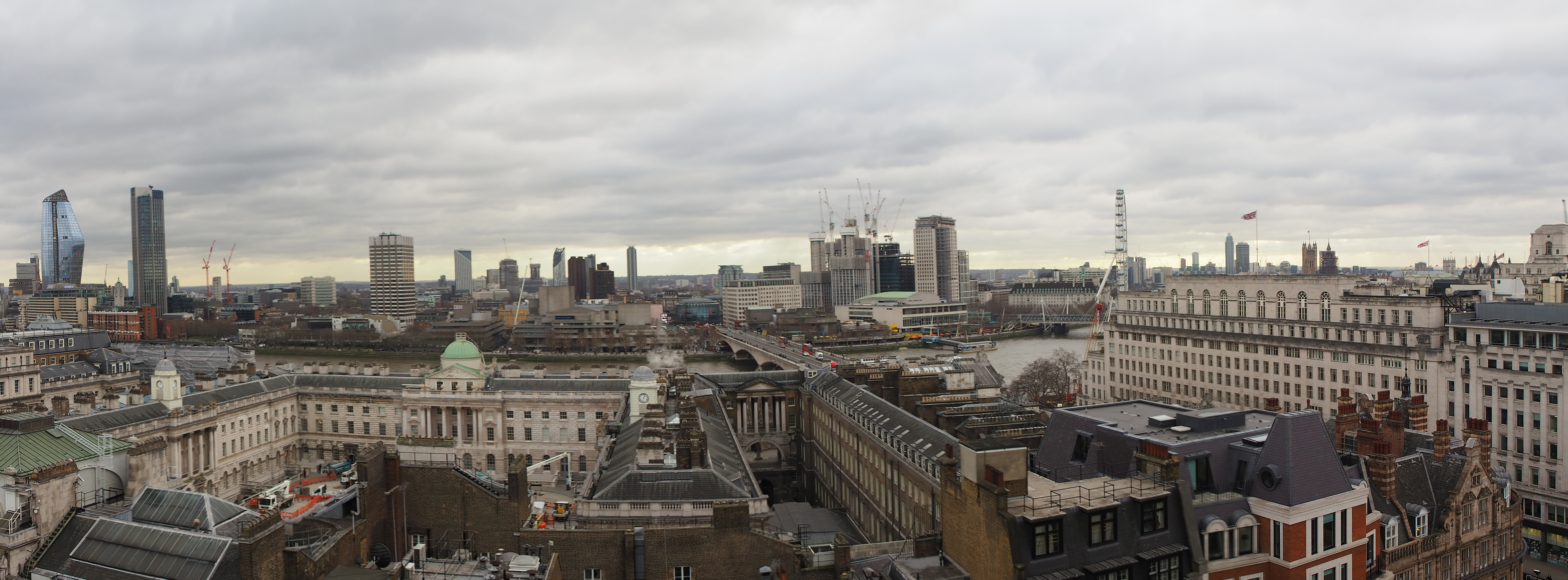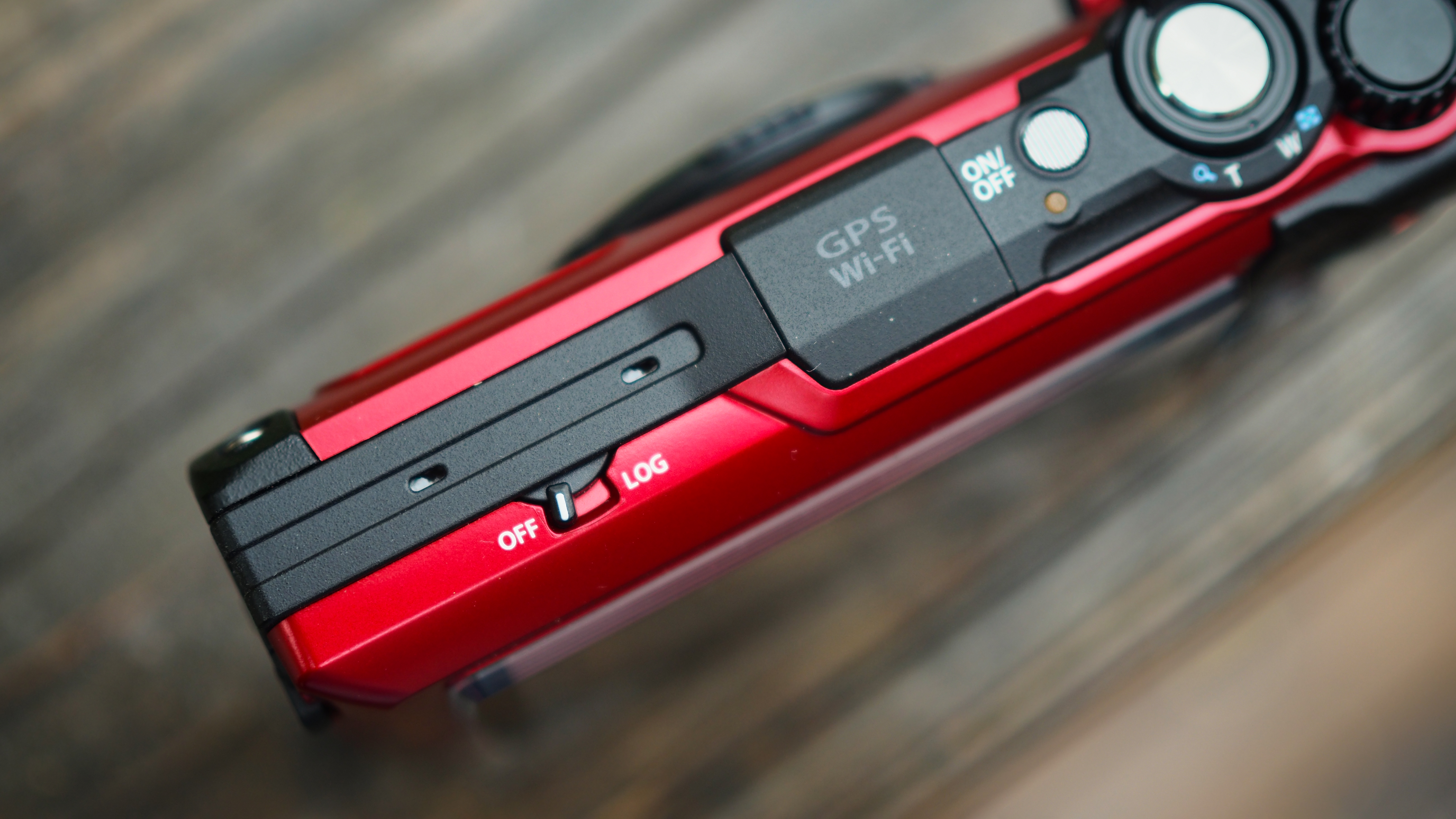Early Verdict
The E-PL9 marks a steady evolution of Olympus’s PEN series, although it's designed more for influencers and memory keepers than for keen photographers.
Pros
- +
4K video recording
- +
Smart design
- +
Fast AF (albeit contrast-detect)
Cons
- -
Sensor is still 16MP
- -
No built-in viewfinder
- -
Price compared to OM-D E-M10 III
Why you can trust Digital Camera World
UPDATED 21/11/2018: The new Olympus E-PL9 is squarely targeted at smartphone users who want to step up to a serious camera, but don’t want to be intimidated by the complex technicalities of high-spec cameras.
This target market means the E-PL9 is largely reliant on its tilting touchscreen display and graphical interface, as well as its auto-first operation. There’s no viewfinder, but smartphone upgraders won’t miss what they’ve never had, and they will appreciate the ability to grab a quick selfie simply by flipping the rear screen down through an 180º angle. If you've ever tried getting a selfie with a ‘proper’ camera, you'll know how painful it can be without this feature.
In fact, if you're looking for the best travel camera you can get right now, we reckon the E-PL9 should be on your list.
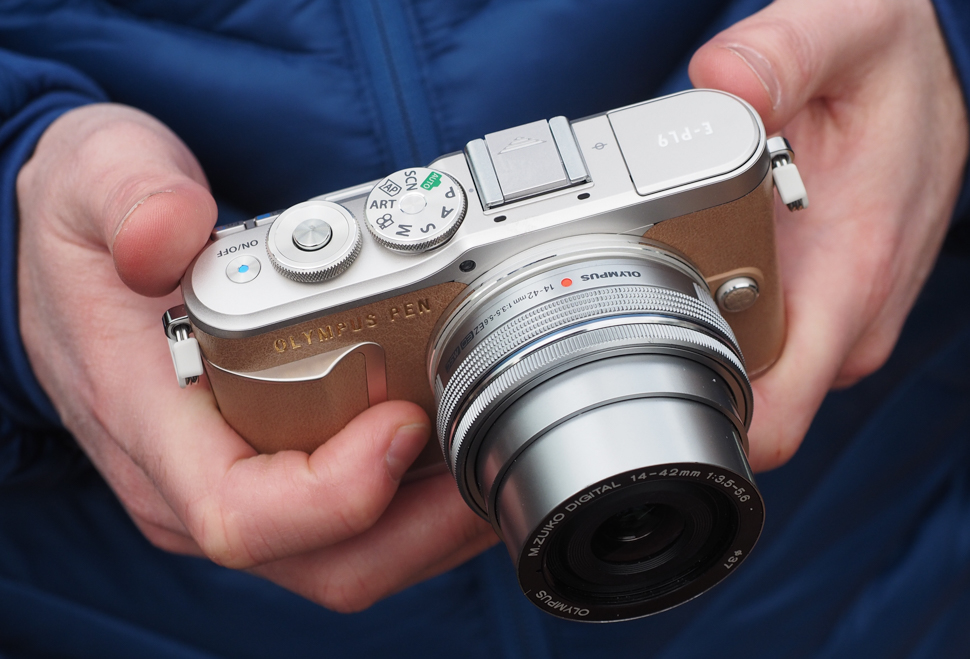
Olympus has also paid special attention to the camera’s design and materials to create a product with a premium feel. The E-PL9 will be available in white, black or brown, either in body-only form or with the M.Zuiko Digital ED 14-42mm F3.5-5.6 EZ Pancake lens include. This optic is ideal for this camera, but there are now more than 20 M.Zuiko lenses in the range, and many others from the likes of Panasonic and third parties, so there’s plenty of scope for photographers who want to move beyond the basics.
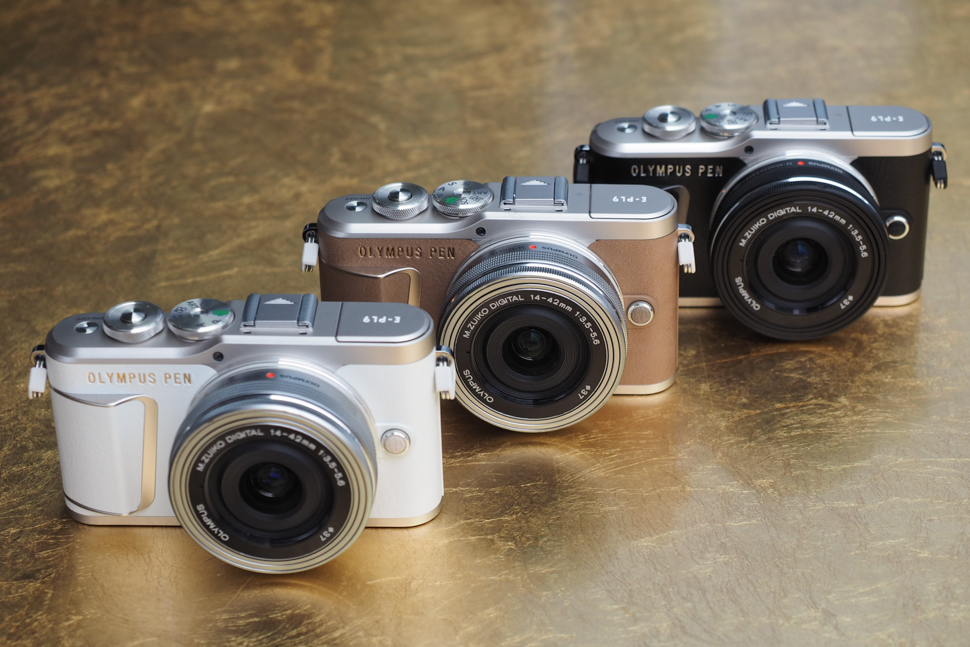
That goes for the camera, too, which has the full set of PASM exposure modes on its main mode dial for semi-automatic and manual control. There’s also an AP (Advanced Photo) mode, through which you’ll find Olympus’s Live Composite, multiple exposure, HDR, sweep panorama and focus bracketing options.

The E-PL9 also packs no fewer than 16 Art Filters, including the new Instant Film option and the Bleach Bypass setting that debuted in the OM-D E-M10 Mark III. These Art Filters are an Olympus speciality and are a cut above the similar filters found on other cameras, both in their scope and the quality of the results. You won’t need to go flicking through those Instagram filters when you’ve got these.
Image sharing is a big part of this camera’s design. It includes built-in Wi-Fi and always-on Bluetooth, so that you check your photos on your smart device even when the camera is packed away ‘asleep’ in your bag.
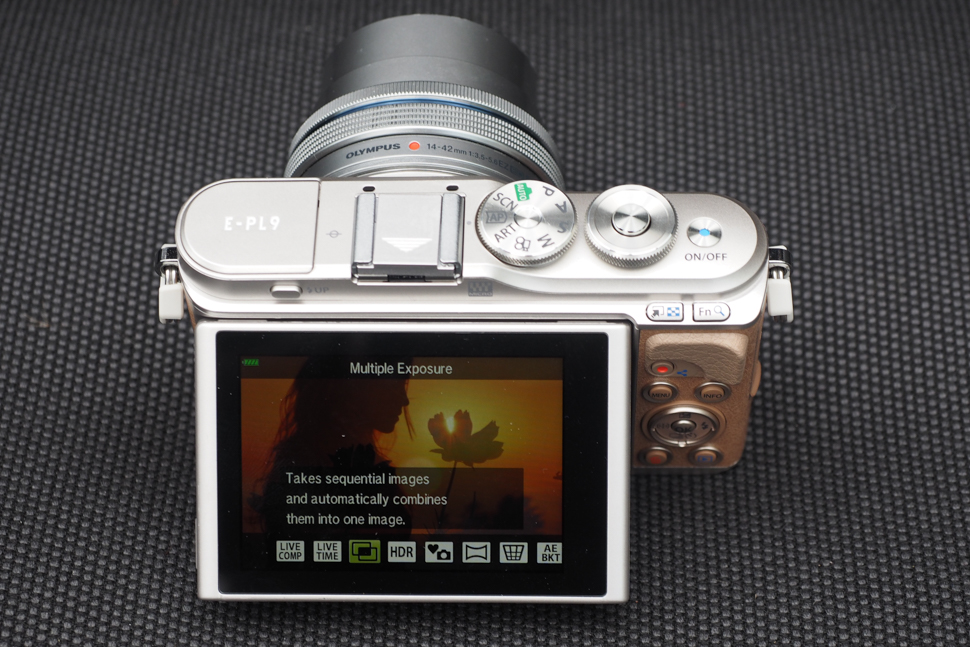
New features
The E-PL9 uses the same 16MP Micro Four Thirds sensor employed by previous models, which may make it seem at first sight that little has changed from the E-PL8. There have, however, been a series of improvements and additions elsewhere.
Olympus has swapped to a TruePic VIII image processor, as used in its flagship OM-D E-M1 Mark II, for better high-ISO performance and overall image quality. There’s also a more capable 121-point autofocus system – the E-PL8 had 81 AF points – while the grip and mode dials have also been made larger.
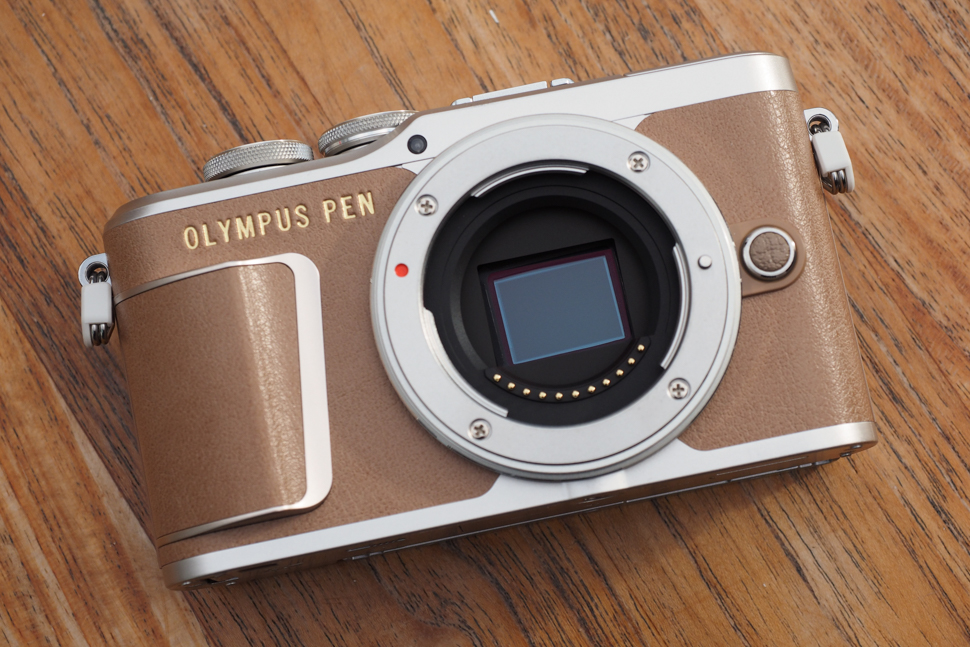
The biggest improvements, however, are to video. The E-PL9 now shoots 4K video, versus the E-PL8's Full HD option.
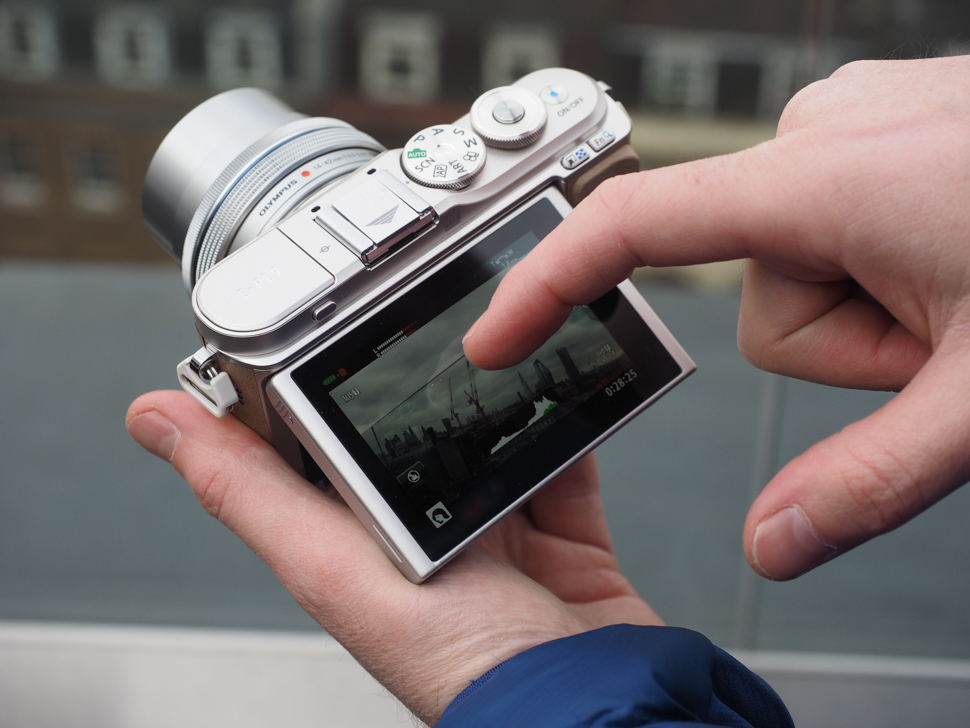
The other main change is the incorporation of little built-in flash unit, mounted on a spring-loaded cantilever mechanism and released by a switch on the camera's body. Size and weight are important in this market, and the E-PL9 weighs in at just 332g (body only) and measures 117.1 x 68 x 39mm.
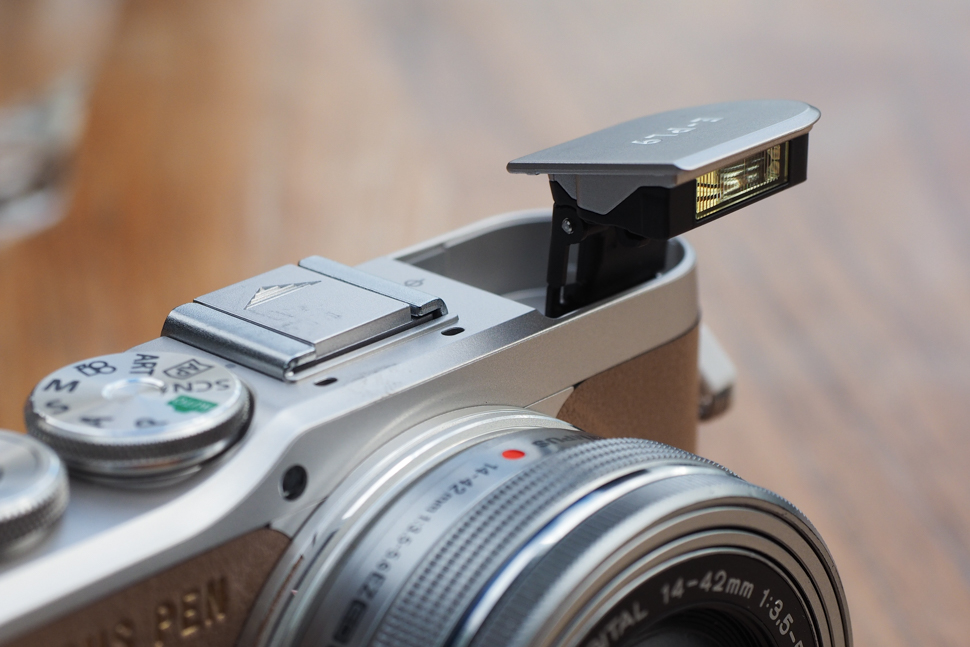
Build and handling
There’s been a long line of these PEN E-PL-series cameras, and on the outside there’s not too much to distinguish this one from its predecessors. We took a look at all three colours and most decided the white version was most appealing. The leather-look finish gives this camera real kerb appeal.

The camera itself starts up promptly, though the aforementioned pancake lens extends in a fairly leisurely fashion. That’s a perfectly acceptable compromise in a lens that folds down as flat as this one, and once it’s extended it focuses very quickly. It’s interesting that Olympus has stuck with a contrast-detect autofocus system rather than going down the hybrid phase-detect AF route, but the E-PL9 focuses so quickly it’s not an issue.
The screen flips downwards for selfies, which might seem odd at first, but this gives an unobstructed view of the screen. It also allows for a more flattering angle for such images, with the camera looking slightly down on the subject’s face, and helps you to get more foreground and less sky in the shot.

The lack of a viewfinder will be a big turn-off for many photographers, but most of the E-PL9’s entry-level rivals lack viewfinders too – and for those brought up on smartphones and compact cameras, it’s probably not such a big deal.
The four-way control pad on the rear is a little small, but the mode dial and control dial on the top of the camera are a good size. The graphical interface works well, though it’s a little confusing to find the Art Filters listed with the regular picture styles (Natural, Vivid, etc) in P mode, and not just confined to the Art Filter mode.

Interestingly, Olympus has reverted to a larger, more conventional front grip on the E-PL9, dropping the narrow vertical bar on the E-PL8, which did actually look rather stylish.
Olympus E-PL9: Early verdict, price and release date
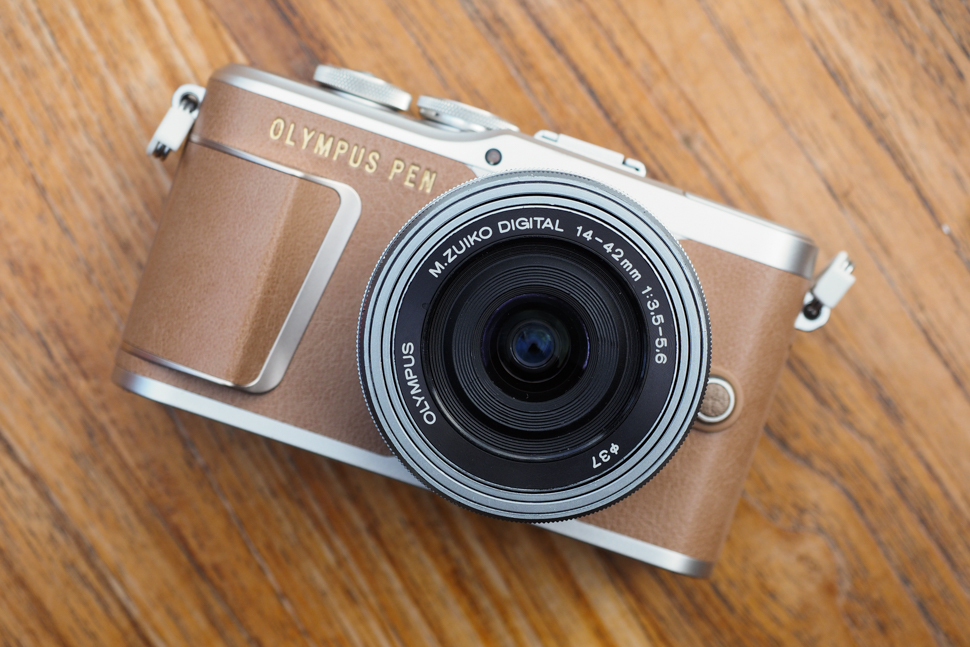
It’s a bit disappointing that Olympus has stuck with its long-running 16MP sensor, rather than using the newer 20MP version seen in the OM-D E-M1 Mark II and PEN-F models. Then again, it still gives a substantial improvement in image quality over a smartphone, so new users are likely to be very pleased with the results anyway.
Otherwise, the E-PL9 carries on the tradition of Olympus’s fashion-conscious PEN cameras with easy auto-only operation backed up by a good range of manual photographic controls for those who want to get more adventurous later on. The Art Filters are a bit of a slow burn on Olympus cameras, steadily getting more and more powerful and offering a really good selection of styles for bloggers, bloggers and life loggers.
The improvements to the autofocus system, plus the addition of a flash and 4K video, make the E-PL9 a worthwhile step forward. The price is a bit of a worry, though. In the UK, the E-PL9 comes in at £579.99 for the body only and £649.99 with the M.Zuiko Digital ED 14-42mm F3.5-5.6 EZ Pancake lens. That’s only a little below the price of the excellent OM-D E-M10 III, which has better controls for keen photographers and a built-in viewfinder.
The E-PL9 is, however, aimed at a different market of Instagramers, influencers and memory keepers. It goes on sale from mid-March.
Olympus E-PL9: Sample images


Read more: The 10 best mirrorless cameras in 2018

Rod is an independent photography journalist and editor, and a long-standing Digital Camera World contributor, having previously worked as DCW's Group Reviews editor. Before that he has been technique editor on N-Photo, Head of Testing for the photography division and Camera Channel editor on TechRadar, as well as contributing to many other publications. He has been writing about photography technique, photo editing and digital cameras since they first appeared, and before that began his career writing about film photography. He has used and reviewed practically every interchangeable lens camera launched in the past 20 years, from entry-level DSLRs to medium format cameras, together with lenses, tripods, gimbals, light meters, camera bags and more. Rod has his own camera gear blog at fotovolo.com but also writes about photo-editing applications and techniques at lifeafterphotoshop.com

